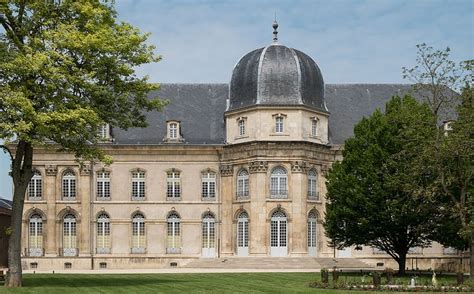OK
Come explore this topic with gamesfats.com for a deeper understanding.
1. Brief Introduction to Auguste Rodin’s Life and Career
Auguste Rodin, born on November 12, 1840, in Paris, is celebrated as one of the most influential sculptors of the 19th and early 20th centuries. Initially struggling with academic training at the École des Beaux-Arts, Rodin’s unique approach to sculpture eventually led him to prominence. His career took off with the recognition of his work “The Age of Bronze,” which showcased his ability to capture the human form with unprecedented realism. Despite facing criticism and rejection, Rodin’s innovative techniques and expressive style won him acclaim, leading to major commissions and exhibitions. Rodin’s career was marked by a profound exploration of human emotion and physicality, culminating in masterpieces such as “The Thinker” and “The Kiss.” His contributions to sculpture extended beyond his lifetime, influencing generations of artists and securing his place as a pivotal figure in art history.
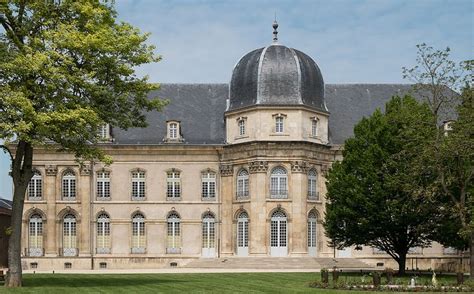
2. Overview of Rodin’s Most Famous Sculptures
Auguste Rodin’s oeuvre includes several iconic sculptures that have become emblematic of his artistic legacy. Among his most renowned works is “The Thinker,” originally conceived as part of a larger piece, “The Gates of Hell.” This bronze statue captures a solitary figure in deep contemplation, embodying Rodin’s mastery in portraying human introspection and existential depth. Another significant work is “The Kiss,” a marble sculpture that represents a passionate embrace between two lovers, showcasing Rodin’s ability to convey intense emotion and physicality through his medium.
Rodin’s “The Age of Bronze,” celebrated for its astonishing realism, was pivotal in establishing his reputation. The sculpture’s life-like quality led to accusations of casting from a live model, but it ultimately cemented Rodin’s innovative approach to capturing human anatomy. Additionally, “The Burghers of Calais” stands out for its dramatic representation of the sacrifices made by six citizens during the Hundred Years’ War, reflecting Rodin’s skill in conveying complex narratives and human suffering.
Each of these works exemplifies Rodin’s distinct style, characterized by expressive detail and dynamic forms, and continues to influence the world of sculpture and art.
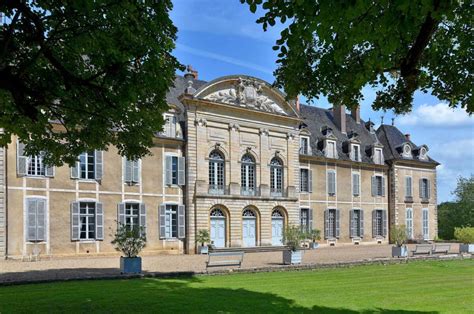
3. The Artistic Techniques and Innovations Rodin Pioneered
Auguste Rodin revolutionized sculpture with his innovative techniques and artistic vision. One of his key contributions was his approach to texture and surface treatment. Rodin embraced the rough, unfinished look, which added a sense of vitality and spontaneity to his sculptures. This departure from the smooth, polished finishes typical of his time allowed for a more dynamic representation of human emotion and form.
Rodin also experimented with composition, often breaking away from classical constraints to create more fluid and naturalistic figures. His use of fragmented or incomplete forms, as seen in works like “The Gates of Hell,” challenged traditional notions of beauty and completeness in sculpture. This technique not only enhanced the expressive power of his works but also engaged viewers in a more active interpretation of the piece.
Additionally, Rodin’s use of movement and anatomical precision set new standards in sculpture. His ability to capture intricate details and subtle gestures conveyed a deeper psychological and emotional depth. By focusing on the human experience and physicality, Rodin’s pioneering methods reshaped the boundaries of sculptural art and laid the groundwork for future generations of artists.
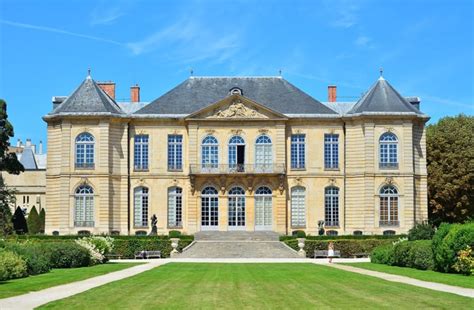
4. Significance of Rodin’s Works in the Context of Art History
Auguste Rodin’s work holds a pivotal place in art history due to its profound impact on the evolution of modern sculpture. His departure from traditional, idealized representations to a more raw and expressive style marked a significant shift in artistic paradigms. Rodin’s emphasis on capturing human emotion and physicality paved the way for the development of modern sculpture, influencing movements such as Expressionism and Surrealism.
Rodin’s innovative techniques, including his use of texture and fragmented forms, challenged conventional aesthetics and opened new possibilities for sculptural expression. His work also bridged the gap between academic realism and abstract art, reflecting a deeper understanding of human experience. This transition not only altered the course of sculpture but also inspired a generation of artists to explore new forms and narratives. Rodin’s legacy endures through his groundbreaking approach, which continues to resonate in contemporary art and shape the way we perceive and create sculpture.
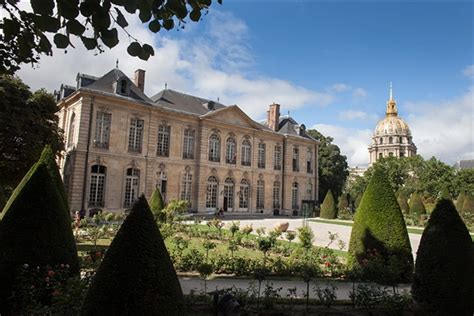
5. Major Exhibitions and Museums Showcasing Rodin’s Sculptures
Auguste Rodin’s sculptures are prominently featured in major exhibitions and museums worldwide, reflecting his enduring influence on the art world. The Musée Rodin in Paris, dedicated to his life and work, houses a vast collection of his sculptures, drawings, and photographs. This museum, located in Rodin’s former residence and studio, offers an intimate view of his creative process and showcases masterpieces like “The Thinker” and “The Kiss.”
The Rodin Museum in Philadelphia is another key venue, boasting one of the largest public collections of Rodin’s works outside France. It provides a comprehensive overview of his artistic achievements, including both iconic and lesser-known pieces.
Rodin’s works are also frequently featured in international exhibitions, such as those at the Tate Modern in London and the Musée d’Orsay in Paris. These exhibitions highlight his contributions to modern art and offer a platform for new interpretations of his legacy. Through these venues, Rodin’s impact continues to be celebra

6. Influence of Rodin on Contemporary Sculptors
Auguste Rodin’s influence on contemporary sculptors is profound and far-reaching. His innovative techniques, such as the use of expressive textures and fragmented forms, paved the way for modern and contemporary approaches to sculpture. Rodin’s focus on capturing human emotion and physicality has inspired artists to explore new dimensions in their work, emphasizing psychological depth and raw expression.
Contemporary sculptors often cite Rodin’s ability to convey movement and dynamic forms as a significant influence. His disregard for traditional constraints and his embrace of incomplete or rough surfaces have encouraged a more experimental and fluid approach to sculpture. This has led to a greater emphasis on the process of creation and the artist’s personal expression.
Rodin’s impact is also evident in the way contemporary artists engage with narrative and social themes, drawing from his ability to portray complex human experiences. His legacy endures through the works of modern sculptors who continue to push boundaries and explore new artistic territories, reflecting the ongoing relevance of Rodin’s revolutionary contributions to the field of sculpture.
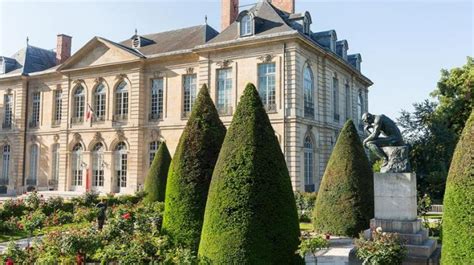
7. Rodin’s Legacy and Ongoing Impact on the Art World
Auguste Rodin’s legacy continues to resonate profoundly in the art world. His pioneering techniques and expressive style have left an indelible mark on modern sculpture, influencing countless artists and movements. Rodin’s approach to texture, form, and emotional depth broke away from traditional norms, setting new standards for sculptural expression and innovation.
His impact is seen in the work of contemporary sculptors who embrace his emphasis on capturing raw, unrefined beauty and human experience. Rodin’s influence extends beyond sculpture into broader artistic practices, inspiring experimentation with materials and techniques.
Rodin’s legacy is also preserved through major exhibitions and dedicated museums that celebrate his contributions and keep his work accessible to new generations. His sculptures remain a testament to his artistic vision and continue to inspire dialogue and creativity in the art world, ensuring that his revolutionary approach endures.
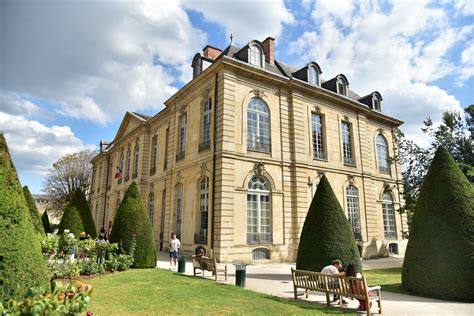
Auguste Rodin’s contributions to sculpture have indelibly shaped the art world. His revolutionary techniques, including his use of texture and fragmented forms, redefined the boundaries of sculptural expression. Through masterpieces like “The Thinker” and “The Kiss,” Rodin captured the complexities of human emotion and form, influencing generations of artists. His legacy endures in contemporary sculpture, continuing to inspire and challenge artists worldwide. Rodin’s innovative spirit and profound impact ensure his place as a seminal figure in art history.
gamesfats.com
